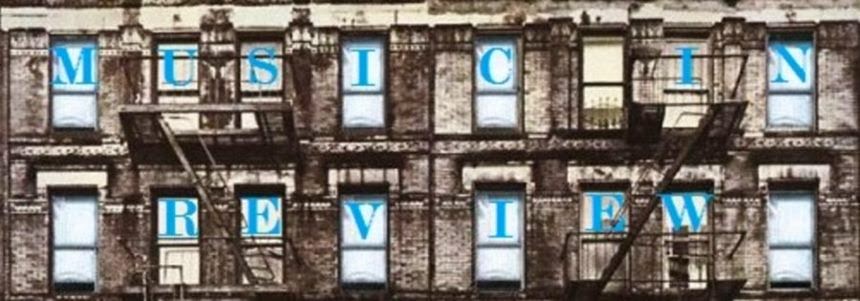There is not a lot of information about Blacksmith Legacy online. They have a website and a facebook page, but they are not entirely in continuity with each other. On their website they have the most recent news is the tragic passing of their front man Otto Ed Hanson. I know they have a new lead singer, but I do not know what his name is, but he looks awesome, he looks like a Rockstar. This is the sort of band I like to write about, mostly because they are largely unknown and thus are going largely unappreciated, but also any overlooked ignorance on my part is largely forgivable.
The band itself looks like a healthy mix of older and younger men, this could, and so far, has resulted in a good mix of experience and ambition.
To date Blacksmith Legacy has released one album, “Let the Game Begin” (2013), and one EP, “Metal Never Dies” (2015), and this year, they released the single “Time to Say Goodbye.” Based on the title of the single, you might have been able to guess that “Time to Say Goodbye” was written in memory of Otto. It is a lovely metal ballad, full of the sadness and joy.
Time to Say Goodbye:
On the surface “Metal Never Dies” should come across as a straight forward metal fanfare, and it does work for such a purpose. The core message is true, metal music is going to go on indefinitely, and there is everything to celebrate and forever to enjoy it in. However, based on what little I do know about Blacksmith Legacy, I feel there is something a little more going on.
As I mentioned before, Blacksmith Legacy is a combination of older and younger guys, and those older guys, they have a had a bit more of a taste of the forever, and this is surely not their first attempt at a metal band. When your dream is making metal music, and your band, presumably not your first, is relatively unknown, one of the best proclamations you can put forth is the very real truth that the dream is not dead, and we will never die. Dreams do not vanish, so long as people do not abandon them. Based on the apparent approximate age of Blacksmith Legacy, they did not let the dream die, and that is where my brain goes when I hear “Metal Never Dies.”
Which brings us back to Otto. It is doubtful, that “Metal Never Dies” is some sort of prophecy about an later realized death, but in hindsight, that is a take away that I am now fixated on. Metal will never die, and through his metal music, Otto will now live forever. So that is pretty great. I barely knew much about the man, but his face is the logo for his metal band, so his passing feels like a big deal.
I wish I had more to say, but what we need to know is that there is a rocking metal band out of Angelholm that deserves more attention. I do not know what fate awaits Blacksmith Legacy and I have yet to learn from whence they originated, but that is all part of the adventure. It is something to look forward to.
Until next year, keep on rocking in the free world.
- King of Braves


